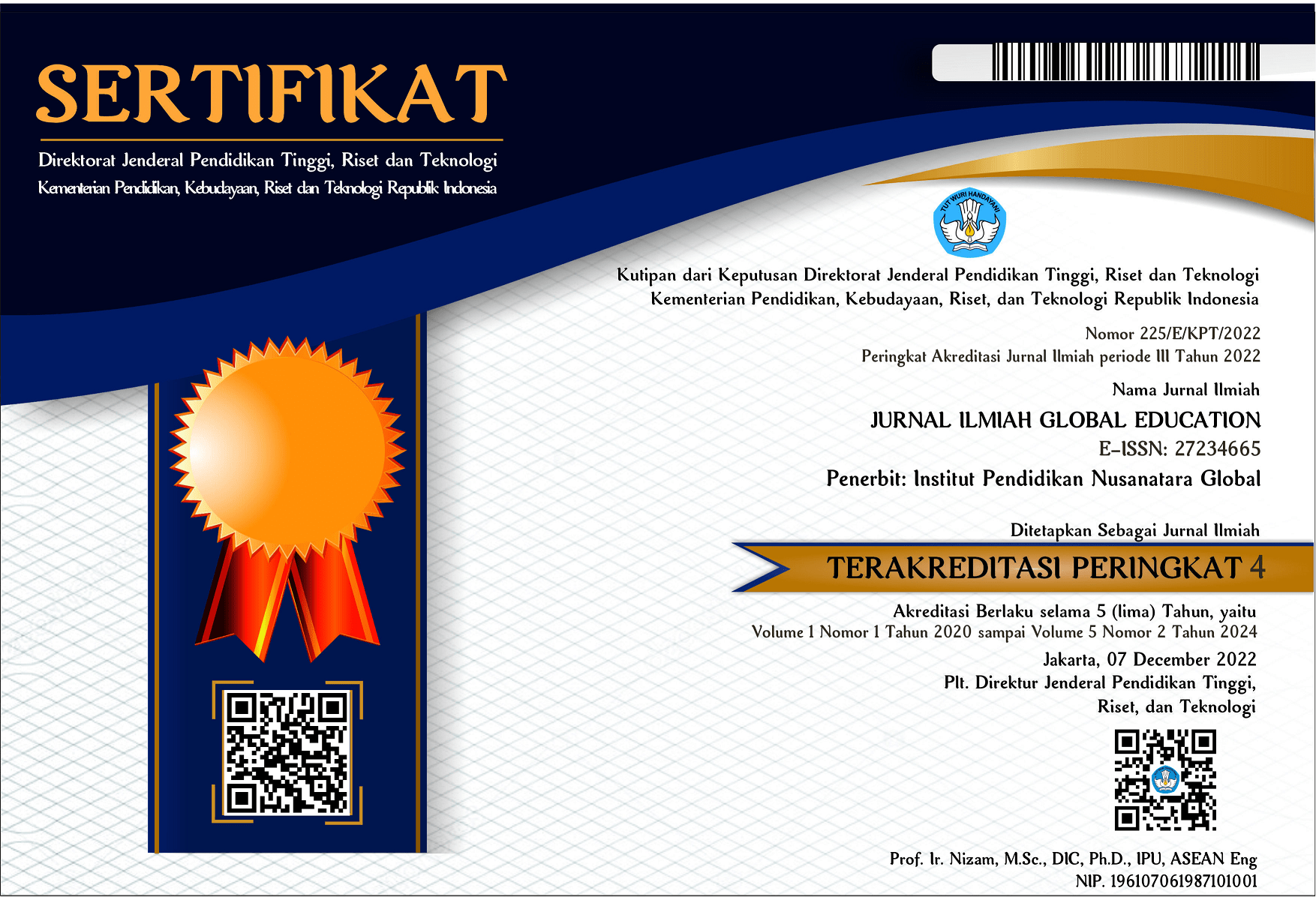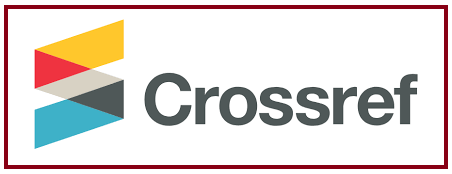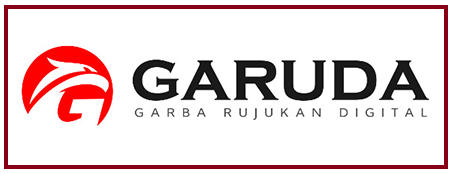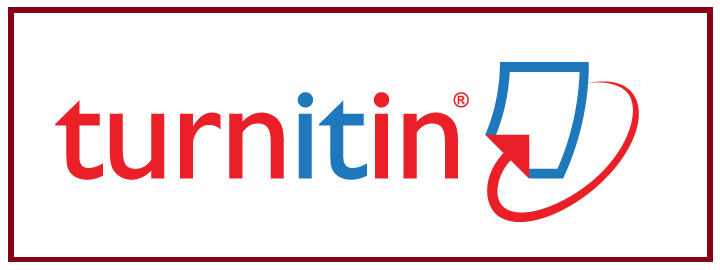THE EFFECT OF USING DIGITAL DIORAMA ON STUDENT’S SPEAKING SKILL PERFORMANCE
DOI:
https://doi.org/10.55681/jige.v4i1.545Keywords:
Digital diorama, Teaching media, Students’ speaking skillAbstract
English Education Study Program FKIP Almuslim University's third-semester students sometimes have trouble speaking the language. This is brought on by a fear of making a mistake, a lack of language knowledge, and a poor grasp of pronunciation. By utilizing effective and engaging teaching strategies and media, lecturers in the Speaking course must assist their students in resolving this issue. Diorama, particularly digital diorama, is an effective teaching tool because it is a specific three-dimensional media that illustrates or explains anything in miniature. This research was to find how the effect of using diorama in teaching students’ speaking skill ability in increasing students’ speaking skill ability. The population of these study students of in third semester of English Education Study Program of FKIP Almuslim University with 15 students. In order to see the students’ improvement on speaking skill, the procedure of quantitative data with analytic scoring rubric formulated by Oller (1979). This is the one group pre-test and post-test. The pre-test was used for knowing the skill of the students before use diorama activities. After giving the treatment, the students got the post test. The one-tailed paired-samples t-test was used to examine the effect of using diorama in teaching students’ speaking skill ability in increasing students. This result showed that digital diorama model influenced the enhancement of speaking skill after being trained with using digital diorama model.
Downloads
References
Brown, J. W., Lewis, R. B., & Harcleroad, F. F. (1977). AV instruction: technology, media and methods. McGraw-Hill.
Clifford, R. (1987). Language teaching in the federal government: a personalperspective. AAPSS.
Davies, P., & Pearse, E. (2000). Success in English teaching. Oxford University Press.
Dewi, S. L., & Muzammil, L. (2020). Students’ attitudes to metacognitive strategies for learning how to read. International Journal of Language Studies, 14(4), 51–62.
Ghislandi, P. (2012). eLearning: Theories, Design, Software, Applications. Rijeka: InTech Europe.
Herrington, J., Reeves, T. C., & Oliver, R. (2014). Authentic Learning Environments. In J.M. Spector, M.D. Merril, J. Elen, M.J. Bishop (Eds.). In Handbook of Research on Educational Communications and Technology (pp. 401-412). New York: Springer.
Marandino, M., Oliveira, A. D. de, & Mortensen, M. (2009). Discussing biodiversity in dioramas: A powerful tool to museum education. ICOM Natural History Committee Newsletter.
Muliadi, M., & Rosyidi, A. Z. (2021). Analysis Implementasi English Area dalam Meningkatkan Speaking Skill dan Self-Regulated Mahasiswa Pendidikan Bahasa Inggris Institut Pendidikan Nusantara Global. Jurnal Ilmiah Wahana Pendidikan, 7(7), 281-287.
Nunan, D. (1995). Language teaching methodology. Phoenix Ltd.
Oller, J. W. (1979). Language test at school. Longman Group Ltd.
Richards, J. C. (2008). Teaching Listening and Speaking. New York Cambridge University Press.
Richards, J., & Renandya, W. (2002). Methodology in Language Teaching: An Anthology of Current Practice. Cambridge: University Press.
Rosyidi, A. Z. (2018). The Effectiveness of Problem Based Learning (PBL) Method in Teaching Reading. IJECA (International Journal of Education and Curriculum Application), 17-22
Rosyidi, A. Z., Paris, A. S., & Masyudi, M. (2022). Student’s Perceptions on Using Shadowing Technique in Learning Speaking. International Journal of Social Science Research and Review, 5(11), 129-134.
Rosyidi, A. Z., Masyudi, M., & Paris, A. S. (2022). The Effect of Shadowing Technique in Teaching Speaking at A University. Scaffolding: Jurnal Pendidikan Islam dan Multikulturalisme, 4(3), 281-292.
Tunnicliffe, S. D., & Scheersoi, A. (2015). Catching the Visitor’s Interest. In: Tunnicliffe, S.D. & Scheersoi, A. (Eds.): Natural History Dioramas. History, Construction and Educational Role. Springer.
Ur, P. (1996). A course in language teaching, practice and theory. Cambridge University Press.
Downloads
Published
How to Cite
Issue
Section
License
Copyright (c) 2023 JURNAL ILMIAH GLOBAL EDUCATION

This work is licensed under a Creative Commons Attribution-ShareAlike 4.0 International License.













